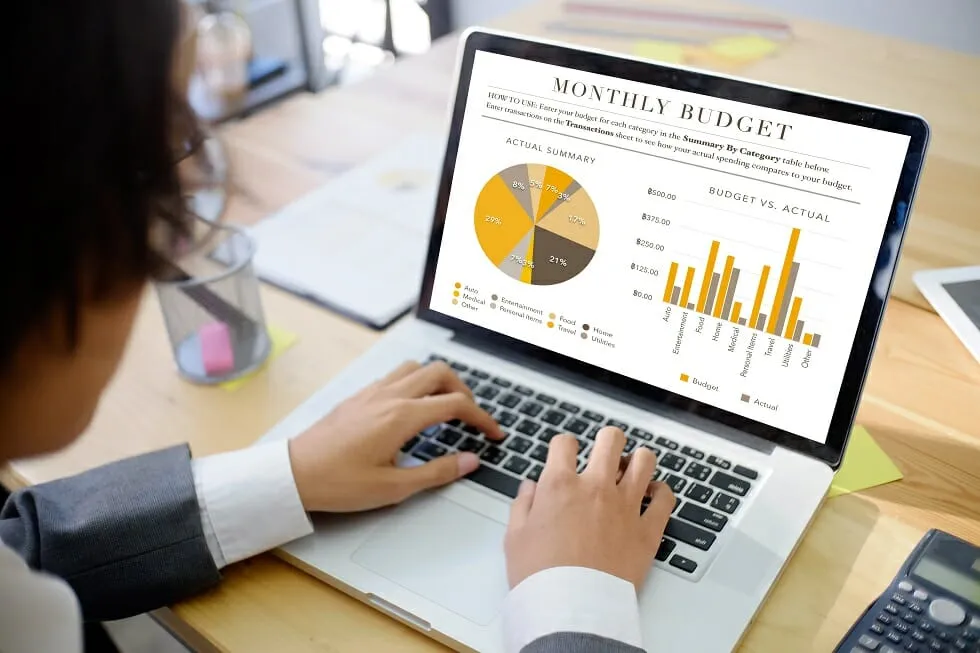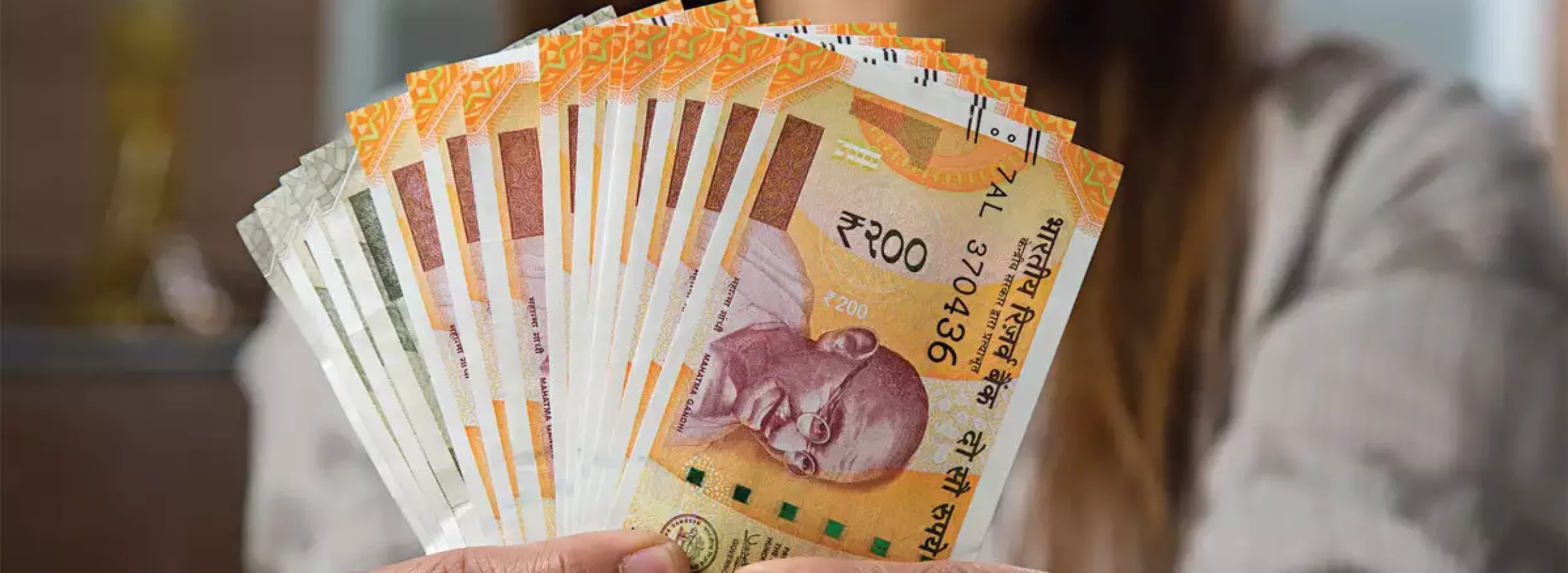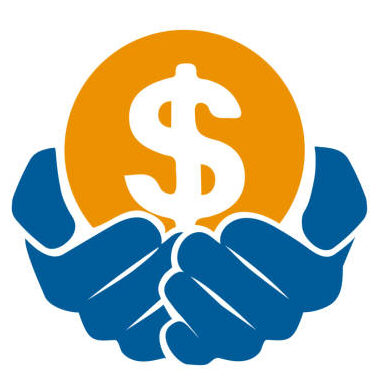
Budgeting is crucial to manage your money, meet your financial objectives, and minimize financial stress. Now that technology is available, many budgeting applications and software programs are accessible to monitor your expenditure, budget your money, and save. Here are some of the best budgeting apps and techniques for effective budgeting.
Top Budgeting Apps
- Quicken Simplifi: Quicken Simplifi is an easy-to-use budgeting application that assists you in creating savings goals, monitoring spending, and coordinating with a partner or spouse. It provides a comprehensive package of features, which makes it perfect for managing home finances.
- Personal Capital: Personal Capital is a versatile app that allows budgeting together with investment tracking. It breaks down your expenditure, assists with planning for your retirement, and offers investment management tools.
- YNAB (You Need A Budget): YNAB is a widely used budgeting tool that operates on the principle of assigning each dollar a task. It allows you to assign your income to categories, monitor your expenses, and maintain control over your financial objectives.
- Goodbudget: Goodbudget is an envelope budgeting digital app that lets you assign funds to various categories, monitor how you spend, and share the budget with others in your family. It is a wonderful program for household financial management.
- SoFi Budget Planner: SoFi Budget Planner is a free budgeting app that allows you to track your spending, create savings goals, and monitor your progress. It has a simple and easy-to-use interface.
Effective Budgeting Methods
50/30/20 Budget: The 50/30/20 budget is a widely used system that divides your after-tax income into 50% for needs, 30% for wants, and 20% for savings and paying off debt. This system ensures that you allocate your money first to necessary expenses but still leave room for discretionary spending.
- Zero-Based Budgeting: Zero-based budgeting means you assign each dollar of your income to a category until you have zero dollars remaining. This technique helps you cover all your expenses and income, keeping you on top of your finances.
- Envelope System: The envelope system is an allocation of money into separate envelopes for different expense categories. If the money within an envelope gets used up, you cannot use more money from that category before the next budget cycle. You will be more able to rein in spending and stay within budget with this practice.
- Pay-Yourself-First Budget: The pay-yourself-first budget works by focusing on saving first, where a part of your earnings goes into savings and investments before you spend it on other things. With this strategy, you can better develop savings and accomplish your financial objectives.
- Percentage-Based Budgeting: Percentage-based budgeting entails dividing your income into various categories of expenses, including housing, transportation, and entertainment, based on percentages. This type of budgeting offers flexibility and also allows you to move around your budget based on your financial needs.
Conclusion
Budgeting tools and techniques are necessary to manage your finances efficiently. With the help of budgeting apps such as Quicken Simplifi, Personal Capital, and YNAB, and techniques like the 50/30/20 budget, zero-based budgeting, and the envelope system, you can get control over your finances, meet your financial objectives, and minimize financial stress.

